Country
USA
Application
Injection Water
Water source
Well Water
Filtration solution
TEQUATIC™ PLUS F75

Background
In the world of Salt Water Disposal Wells (SWD), protecting the well from intrusion by solids is a key need. Filtering the high solids present in produced and flowback water to <20 micron prior to injection in a high Total Suspended Solids (TSS) water condition has proven to reduce the time between acid cleanings and flowback cleanings.
Challenge
Typically, the solutions in the market today rely on long settling time in tanks or ponds then filtering the water through banks of bag filters and cartridges. The traditional solutions typically take up too much space, limit flow, and have high OPEX costs from labor and consumables. The ideal solution for the SWD owners is a product that combines filtration down to <20 microns with high flows in a completely self-cleaning, self-contained, skid mounted system with greater than 99% water recovery with low CAPEX and OPEX requirements.
Solution
APPROACHPilot the patented TEQUATIC™ PLUS F75 skidded filtration system as a stand-alone side stream system on pure produced and flowback water directly after it arrives on site and after the gun barrel oil separation process. This will bypass any storage and settling tank time in the owners’ process to reduce time from unload to injection and capture the true weight of solids in the produced and flowback water. During the filtration process, we capture and weigh the dewatered solids from the purge stream to determine the total amount of solids that are currently being injected into the formation without filtration based on side stream filtration volumes.
Results
Over the seven day test period, the TEQUATIC™ PLUS filtration skid consistently and cost-effectively removed the solids from the down hole injection stream in a high FeS environment with no fouling or shutdown. Looking at the rates of solid reduction, for a typical 100,000 bbl/d SWD, 491 tons of solids would be removed by the TEQUATIC filter prior to injection into the formation. These reductions in solids will lower well injection pressures, increase time between acid jobs, increase available injection volume, lower OPEX costs, and dramatically reduce labor. Well asset protection and cost reductions were realized.







